KENYA
KENYA
KENYA
The birthplace of the safari...
Kenya... It's easy to come over all Meryl Streep when talking about this gem of a destination in East Africaaaa... even without having a faaarm or Robert Redford's boots parked at the end of the bed. Make no bones about it, Hollywood and "Out of Africa" put this country on the map where a global audience is concerned, and with good reason, because this is where it all began!
That's right, the notion of the modern safari started here when it became more fashionable to shoot wildlife with a camera than a gun and exploring vast wilderness areas became "de rigeur". The very word "safari" came from the Swahili language and means "journey". Add in gung-ho women and suntanned men in fetching shades of khaki, a penchant for combining luxury with camping in wild places and presto! The safari, as we know it, was born.
Today, a safari in Kenya remains atop worldwide bucket lists, with travellers drawn by the allure of vast plains filled with life, expansive savannahs, towering mountain peaks, the geological wonders of the Great Rift and shimmering lakes turned pink by thousands of flamingoes. From the Masai Mara in the south-west to the endless Laikipia Plateau in the north, east through Tsavo to a coastline fringed by white sand beaches and the warm waters of the Indian Ocean, Kenya boasts some of the most jaw-dropping landscapes on the continent. And an equatorial clime that's great all year round.
It's also a cultural melting pot that's home to fascinating tribes with a common language in Swahili that's filled with Arabic influences, thanks to a history dating back to the 8th Century when Arab traders regularly visited Kenya's coastline and shared their culture with indigenous Kenyan people. The Maasai (yes, it's the right spelling for the tribe as they are speakers of the Maa language, even though the Masai Mara bears the old English spelling) are perhaps the most iconic of these peoples, along with the Samburu and Kikuyu.
Kenya really is a superlative country and the ideal entry point into East Africa, so come with us and let's explore together!
The birthplace of the safari...
Kenya... It's easy to come over all Meryl Streep when talking about this gem of a destination in East Africaaaa... even without having a faaarm or Robert Redford's boots parked at the end of the bed. Make no bones about it, Hollywood and "Out of Africa" put this country on the map where a global audience is concerned, and with good reason, because this is where it all began!
That's right, the notion of the modern safari started here when it became more fashionable to shoot wildlife with a camera than a gun and exploring vast wilderness areas became "de rigeur". The very word "safari" came from the Swahili language and means "journey". Add in gung-ho women and suntanned men in fetching shades of khaki, a penchant for combining luxury with camping in wild places and presto! The safari, as we know it, was born.
Today, a safari in Kenya remains atop worldwide bucket lists, with travellers drawn by the allure of vast plains filled with life, expansive savannahs, towering mountain peaks, the geological wonders of the Great Rift and shimmering lakes turned pink by thousands of flamingoes. From the Masai Mara in the south-west to the endless Laikipia Plateau in the north, east through Tsavo to a coastline fringed by white sand beaches and the warm waters of the Indian Ocean, Kenya boasts some of the most jaw-dropping landscapes on the continent. And an equatorial clime that's great all year round.
It's also a cultural melting pot that's home to fascinating tribes with a common language in Swahili that's filled with Arabic influences, thanks to a history dating back to the 8th Century when Arab traders regularly visited Kenya's coastline and shared their culture with indigenous Kenyan people. The Maasai (yes, it's the right spelling for the tribe as they are speakers of the Maa language, even though the Masai Mara bears the old English spelling) are perhaps the most iconic of these peoples, along with the Samburu and Kikuyu.
Kenya really is a superlative country and the ideal entry point into East Africa, so come with us and let's explore together!
KENYA IN A NUTSHELL
The where...
Here are some of the must-visit places we recommend including on a safari to Kenya that can easily be combined with one another as well as a range of other complementary destinations...
KENYA IN A NUTSHELL
The where...
Here are some of the must-visit places we recommend including on a safari to Kenya that can easily be combined with one another as well as a range of other complementary destinations...
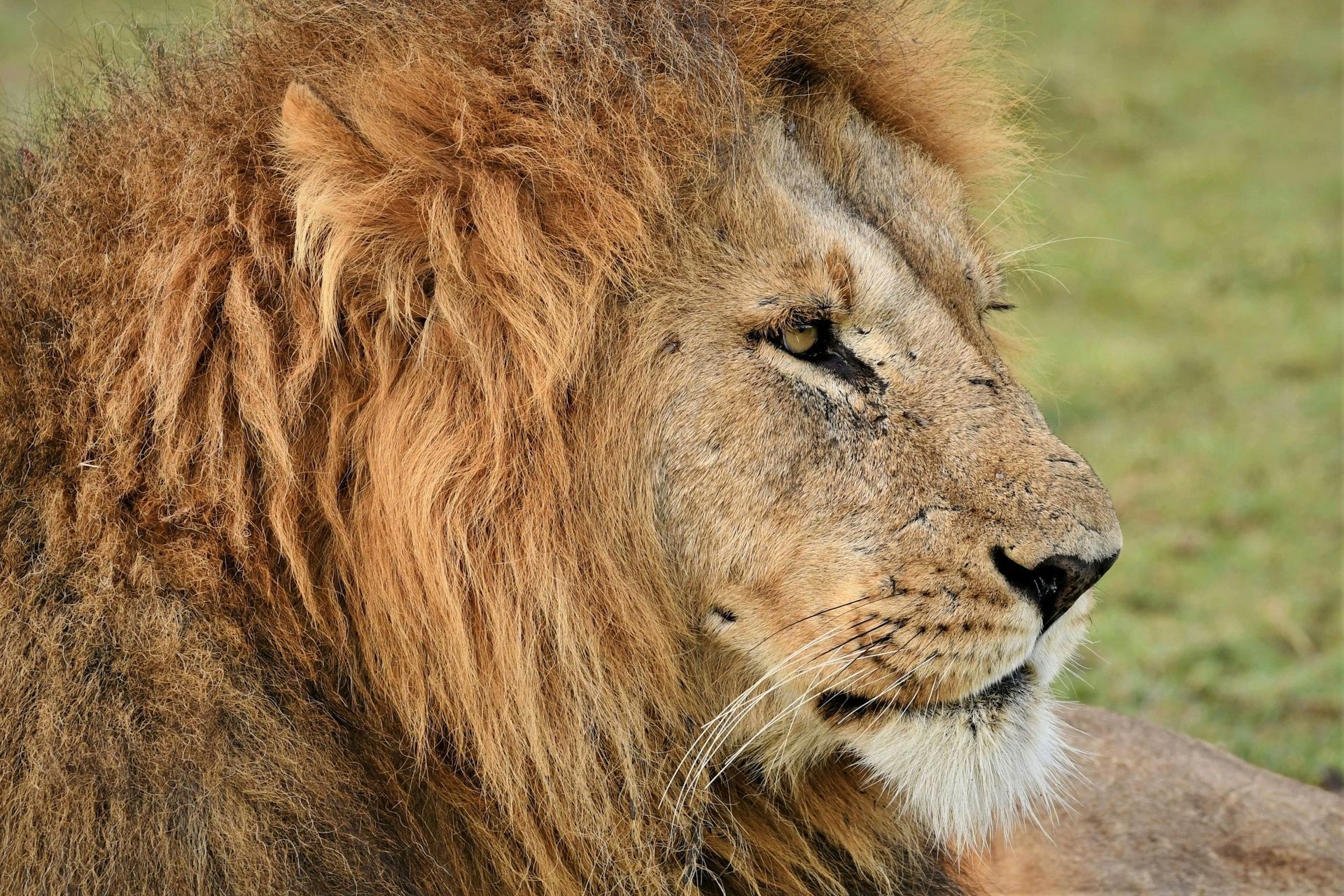
The Masai Mara National Reserve
Calling all wildlife adventurers! Buckle up for the Masai Mara, Kenya's crown jewel and a serious contender for the world's best wildlife reserve. This savannah paradise in the heart of the Great Plains region is roughly the size of Greater London and steals the show every year with the awe-inspiring Great Wildebeest Migration. More than 2-million wildebeest and zebra make the Mara their home for a few short months on their dramatic cyclical journey across the plains of Tanzania into Kenya and back again, following the rains and fresh grazing. The Mara's magic goes beyond wildebeest with excellent game viewing all year round, thanks to it being home to huge populations of lion, elephant, leopard, cheetah and buffalo – alongside a mind-boggling array of plains antelope. The skies above aren't empty either with in excess of 470 bird species recorded.
Musts:
Witnessing Mara River crossings during the Great Wildebeest Migration; cultural visits to Maasai communities; picnic lunches out on the Great Plains; walking safaris in the private conservancies.
The Masai Mara National Reserve
Calling all wildlife adventurers! Buckle up for the Masai Mara, Kenya's crown jewel and a serious contender for the world's best wildlife reserve. This savannah paradise in the heart of the Great Plains region is roughly the size of Greater London and steals the show every year with the awe-inspiring Great Wildebeest Migration. More than 2-million wildebeest and zebra make the Mara their home for a few short months on their dramatic cyclical journey across the plains of Tanzania into Kenya and back again, following the rains and fresh grazing. The Mara's magic goes beyond wildebeest with excellent game viewing all year round, thanks to it being home to huge populations of lion, elephant, leopard, cheetah and buffalo – alongside a mind-boggling array of plains antelope. The skies above aren't empty either with in excess of 470 bird species recorded.
Musts:
Witnessing Mara River crossings during the Great Wildebeest Migration; cultural visits to Maasai communities; picnic lunches out on the Great Plains; walking safaris in the private conservancies.

Amboseli National Park & the Chyulu Hills
Amboseli is the home of one of the most iconic views in Africa - that of snow-capped Mount Kilimanjaro towering above the plains below. But while "Kili" dominates the skyline on clear days, the true stars of Amboseli are its magnificent elephant herds. These gentle giants roam the Amboseli plains and the neighbouring Chyulu Hills in large numbers, making for unforgettable encounters. Besides elephants, this region offers a diverse wildlife experience in a range of different biomes, from wetland swamps and savannah grasslands to montane thicket and riparian woodlands. Beyond the wildlife, a visit to Amboseli offers a glimpse into the Maasai culture. These semi-nomadic pastoralists have co-existed with the park's wildlife for centuries. Learning about their traditions and way of life adds another layer to your Amboseli adventure.
Musts: Sundowners with views over the plains and Kilimanjaro beyond; horse riding across the savannah, birding; walking safaris; game drives; visits to local Maasai villages and related community initiatives.
Amboseli National Park & the Chyulu Hills
Amboseli is the home of one of the most iconic views in Africa - that of snow-capped Mount Kilimanjaro towering above the plains below. But while "Kili" dominates the skyline on clear days, the true stars of Amboseli are its magnificent elephant herds. These gentle giants roam the Amboseli plains and the neighbouring Chyulu Hills in large numbers, making for unforgettable encounters. Besides elephants, this region offers a diverse wildlife experience in a range of different biomes, from wetland swamps and savannah grasslands to montane thicket and riparian woodlands. Beyond the wildlife, a visit to Amboseli offers a glimpse into the Maasai culture. These semi-nomadic pastoralists have co-existed with the park's wildlife for centuries. Learning about their traditions and way of life adds another layer to your Amboseli adventure.
Musts: Sundowners with views over the plains and Kilimanjaro beyond; horse riding across the savannah, birding; walking safaris; game drives; visits to local Maasai villages and related community initiatives.
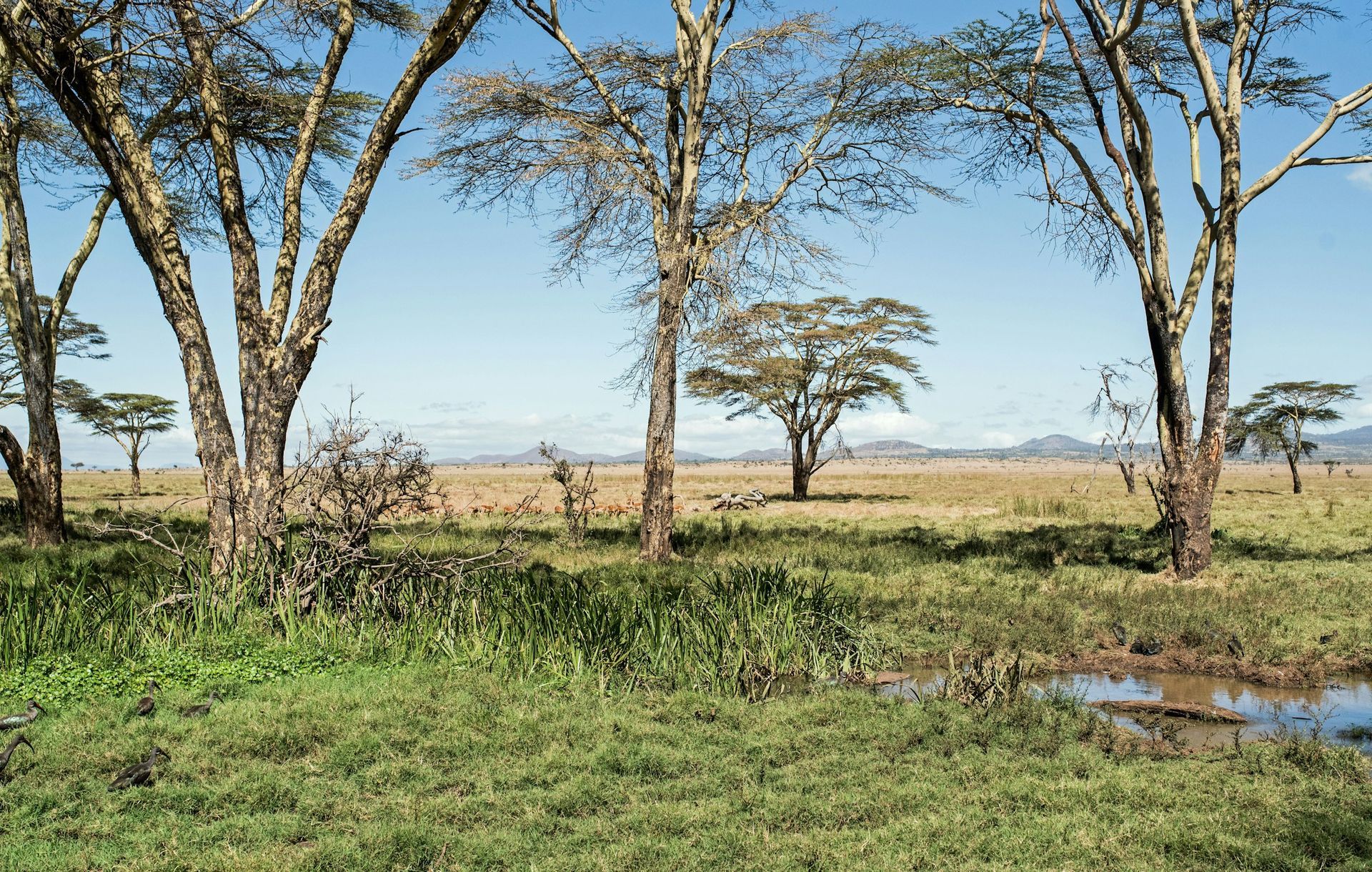
Lewa Conservancy
This world-renowned 25,000ha sanctuary is a haven for endangered species and in particular black rhinos, with Lewa dedicated to protecting this critically important species. The conservancy also boasts a thriving population of Grevy's zebra, the world's largest, alongside iconic animals like elephants, lions, and cheetahs. The conservancy works closely with neighbouring communities, fostering a spirit of conservation and ensuring the long-term well-being of both wildlife and people.
A safari to Lewa Conservancy gives you the chance to immerse yourself in conservation efforts, and support a model for sustainable wildlife protection in Africa.
Musts: Walking safari; game drives; birding; horse riding; helicopter safaris; picnic lunches and bush dinners; sundowners with spectacular views of Mount Kenya.
Lewa Conservancy
This world-renowned 25,000ha sanctuary is a haven for endangered species and in particular black rhinos, with Lewa dedicated to protecting this critically important species. The conservancy also boasts a thriving population of Grevy's zebra, the world's largest, alongside iconic animals like elephants, lions, and cheetahs. The conservancy works closely with neighbouring communities, fostering a spirit of conservation and ensuring the long-term well-being of both wildlife and people.
A safari to Lewa Conservancy gives you the chance to immerse yourself in conservation efforts, and support a model for sustainable wildlife protection in Africa.
Musts: Walking safari; game drives; birding; horse riding; helicopter safaris; picnic lunches and bush dinners; sundowners with spectacular views of Mount Kenya.
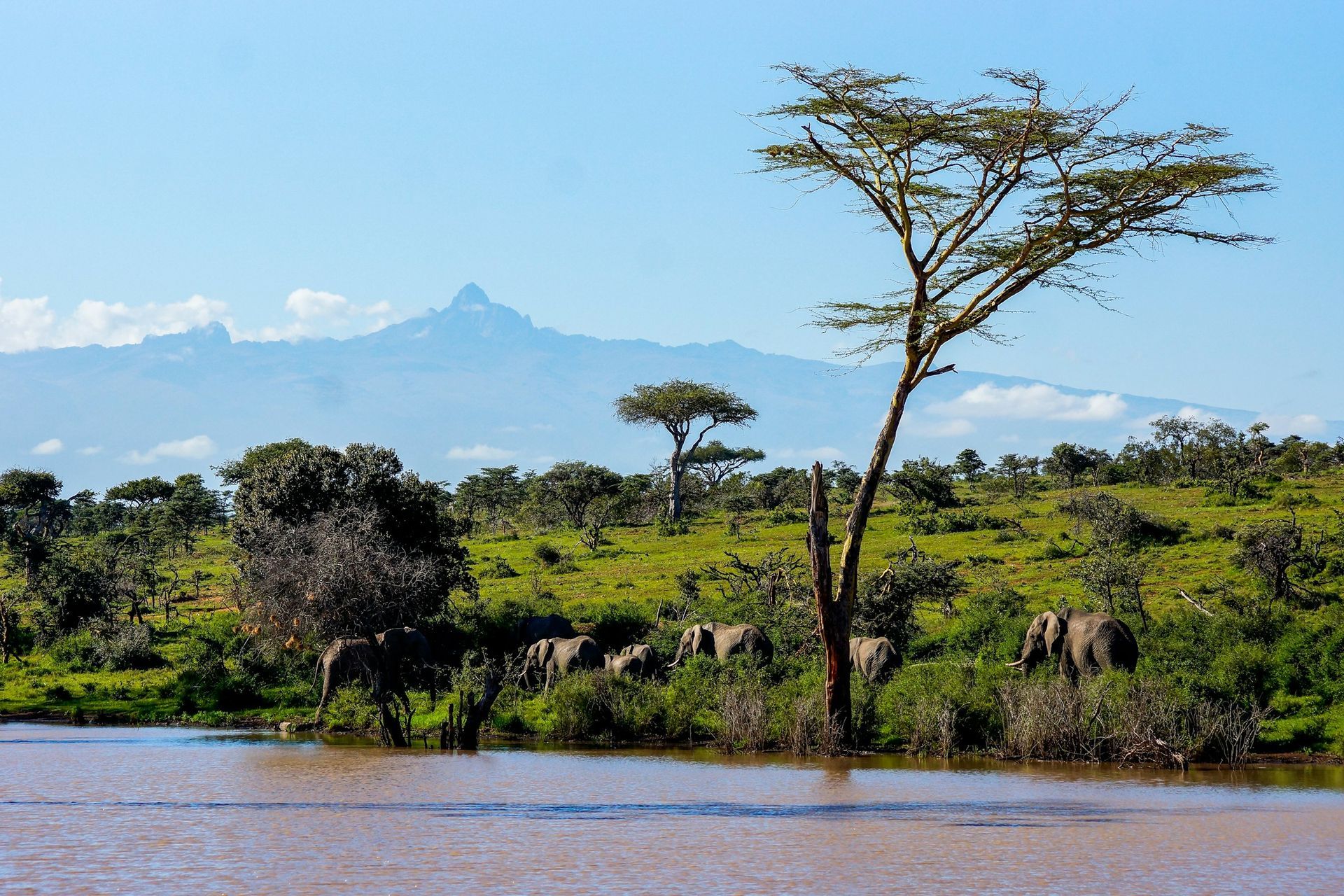
Laikipia
Adventurers, assemble! Come and explore the breathtaking Laikipia Plateau - Kenya's wild heart. This vast region, roughly the size of Wales, stretches from the slopes of Mount Kenya to the Great Rift Valley. Laikipia is a network of conservancies, some on former cattle ranches and offers unique safari experiences and some of the best scenery in Kenya. While wildlife might not be as concentrated as other areas, you have the chance to see the endangered Grevy's zebra, the stately reticulated giraffe, and even painted wolf (African wild dog) packs. Of course, you'll still find iconic animals like elephants, lions, and leopards roaming the open plains and perhaps even catch a glimpse of a rare melanistic (black) leopard that's made the headlines across the world!
Musts: Hike scenic trails with local Maasai guides; immerse yourself in breathtaking landscapes; go on a camel safari; take to the saddle on horseback; take to the air in a vintage biplane.
Laikipia
Adventurers, assemble! Come and explore the breathtaking Laikipia Plateau - Kenya's wild heart. This vast region, roughly the size of Wales, stretches from the slopes of Mount Kenya to the Great Rift Valley. Laikipia is a network of conservancies, some on former cattle ranches and offers unique safari experiences and some of the best scenery in Kenya. While wildlife might not be as concentrated as other areas, you have the chance to see the endangered Grevy's zebra, the stately reticulated giraffe, and even painted wolf (African wild dog) packs. Of course, you'll still find iconic animals like elephants, lions, and leopards roaming the open plains and perhaps even catch a glimpse of a rare melanistic (black) leopard that's made the headlines across the world!
Musts: Hike scenic trails with local Maasai guides; immerse yourself in breathtaking landscapes; go on a camel safari; take to the saddle on horseback; take to the air in a vintage biplane.
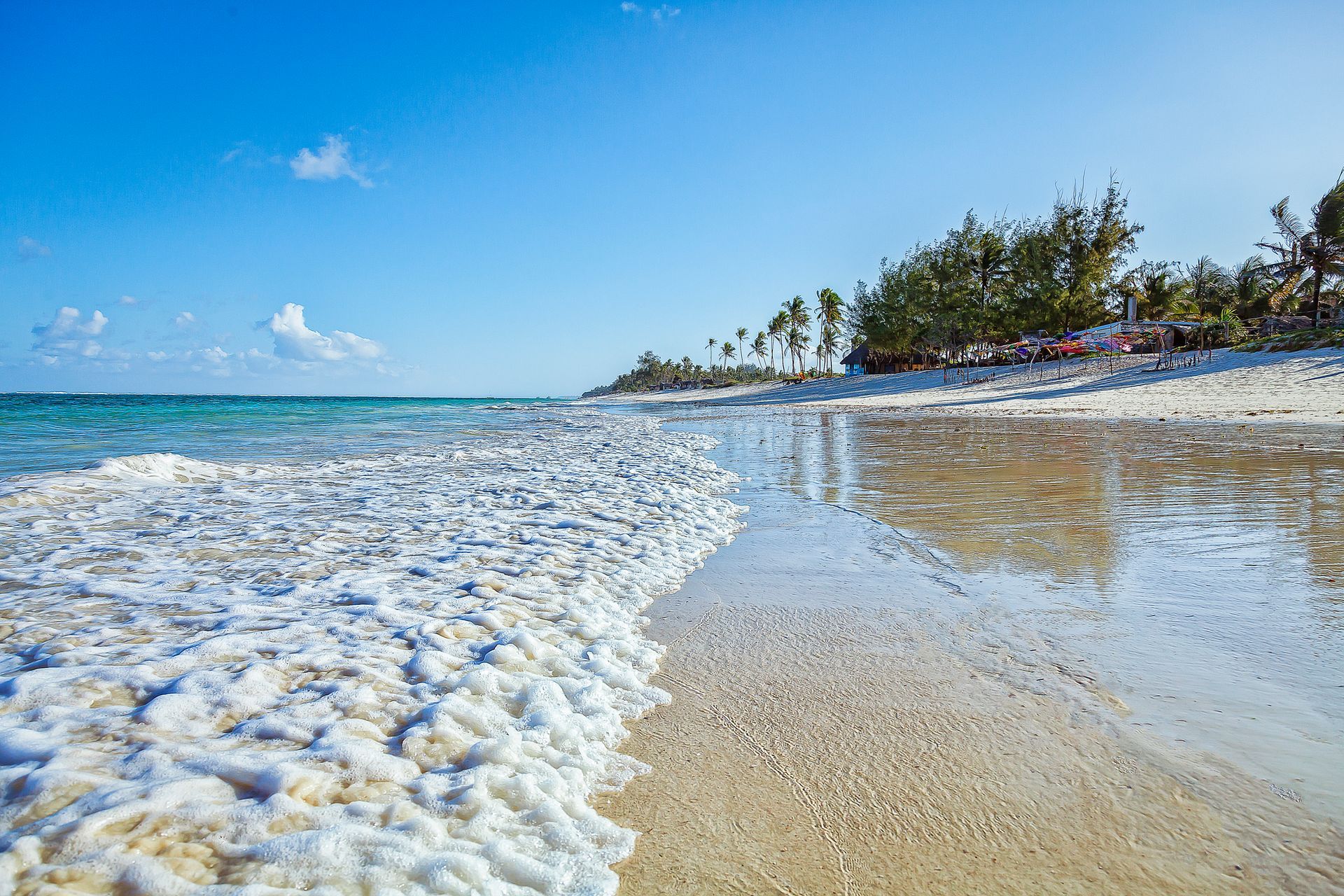
Mombasa and the Kenyan coast
Beach lovers, rejoice! Mombasa and the Kenyan coast beckon with sunshine, swaying palms, and crystal-clear waters. Mombasa, the historic heart of the coast, offers a vibrant mix of cultures and a bustling port city atmosphere. Diani Beach, south of Mombasa, is a postcard-perfect paradise with powdery white sand and turquoise waters ideal for snorkelling and diving. Watersport enthusiasts can indulge in everything from windsurfing to kitesurfing, while skydiving opportunities add a touch of adrenaline. North of Mombasa is Malindi, a town steeped in history where you can explore the ruins of Gedi, an ancient Swahili settlement, or wander through the bustling Old Town.
Musts: Snorkel or dive on the reefs close to shore or explore the sea grass meadows looking for turtles; sample local dishes oozing with exotic flavour; cycle along the coast on a guided tour; relax on soft white sands.
Mombasa and the Kenyan coast
Beach lovers, rejoice! Mombasa and the Kenyan coast beckon with sunshine, swaying palms, and crystal-clear waters. Mombasa, the historic heart of the coast, offers a vibrant mix of cultures and a bustling port city atmosphere. Diani Beach, south of Mombasa, is a postcard-perfect paradise with powdery white sand and turquoise waters ideal for snorkelling and diving. Watersport enthusiasts can indulge in everything from windsurfing to kitesurfing, while skydiving opportunities add a touch of adrenaline. North of Mombasa is Malindi, a town steeped in history where you can explore the ruins of Gedi, an ancient Swahili settlement, or wander through the bustling Old Town.
Musts: Snorkel or dive on the reefs close to shore or explore the sea grass meadows looking for turtles; sample local dishes oozing with exotic flavour; cycle along the coast on a guided tour; relax on soft white sands.
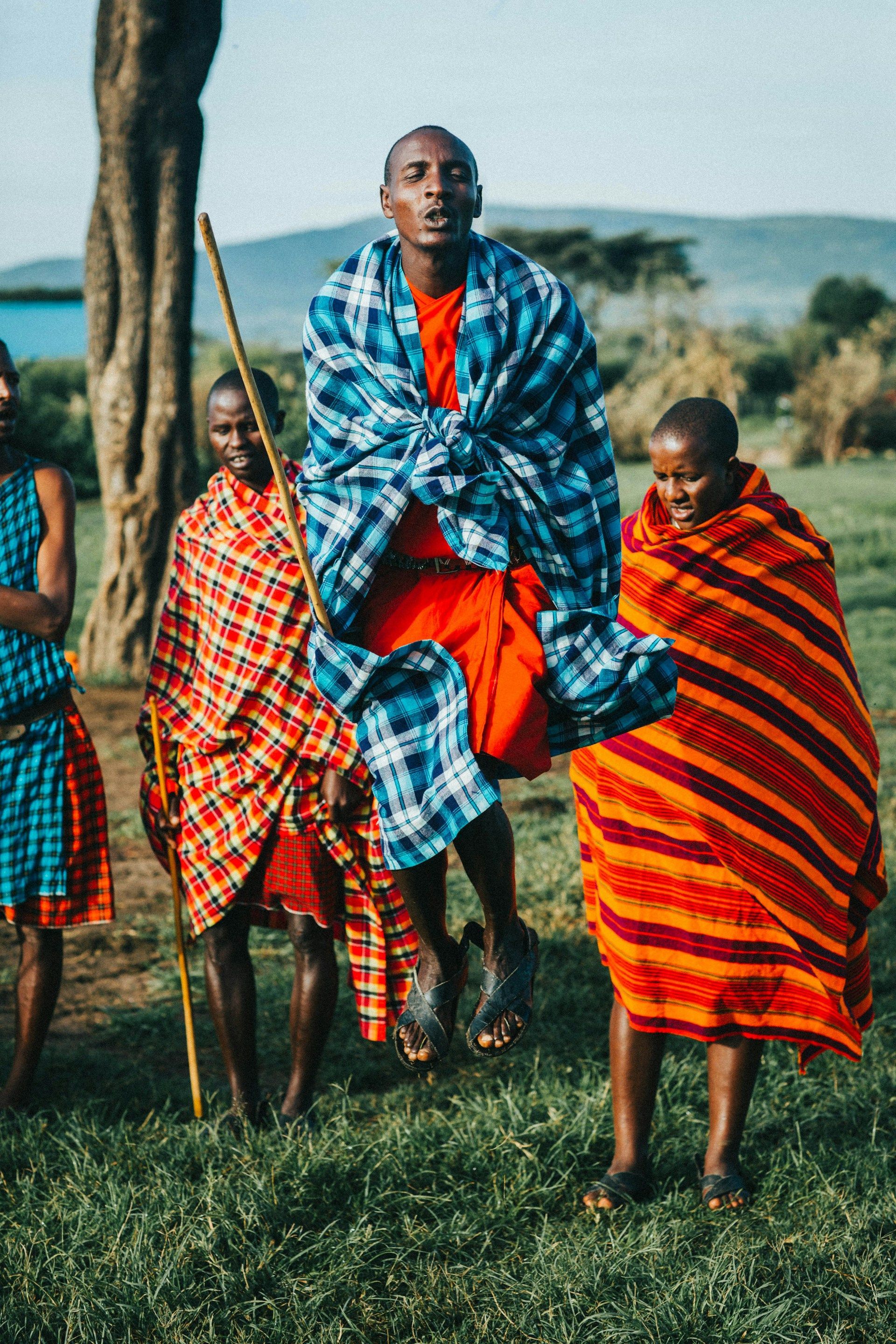
The when...
Are there seasons on the equator? Does it rain? Does it get cold? Questions, questions. It's a good job we've got the answers for you in our rundown of the best times to go to Kenya and its climate...
-
Summer
When: December to March
What to expect: Summertime in Kenya with hot, sun-filled says, warm nights and minimal rain.
Why visit: Summer is sensuously warm and dry and a great time to visit if you want exceptional game viewing experiences. The coast has its own micro climate which is at its best during this period. Remember that temperatures can vary depending on altitude, so if you are up in the Laikipia Plateau it will probably be cooler than the Masai Mara at this time of year.
-
Long rains
When: April to June
What to expect: Very warm to hot days, warm evenings and spectacular thunderstorms with often torrential downpours.
Why visit: This is the time when many animals have their babies, making the most of the rains and the good grazing and browsing. The birdlife is amazing too. The temperatures are deliciously cool and sunny days interrupted with cloud cover building up to rainfall. It's a quiet season for tourism, meaning it's a great time to visit if you want to get away from the crowds!
-
Winter
When: July to October
What to expect: Cooler mornings and nights, warm, sunny days.
Why visit: Winter in Kenya is also the dry season which makes it traditionally the best time for game viewing. It's during this time that the Great Wildebeest Migration reaches the Masai Mara, making for spectacular river crossings and predators aplenty. This is the coldest time of the year away from the coast. So bring lots of layers of warm clothing for early morning and late afternoon game drives.
-
Short rains
When: November to mid December
What to expect: Warm to hot days with thunderstorms and heavy downpours.
Why visit: It's the end of the dry season so the landscapes transform dramatically, with fresh grasses growing, trees flowering and life in abundance emerging. The short rains are a prelude to summer and Kenya's time of plenty. It's a wonderful time to travel as it's still low season with fewer tourists. The coast is exceptional at this time of year.

ABOUT US
For Sian Bester and Cara Lloyd, Zafaris is the result of years spent working at the coalface of the safari industry, learning their trade and perfecting it.
Zafaris isn't a regular travel company thanks to the fact that Sian and Cara don't just know their safari onions, they can also prepare and dish those onions up in a delectable and irresistible manner! Both have worked in lodges and have experience in the "how" of the art of safari at a practical level. They've also done their time working in large, corporate operators, sweating over the minutiae of countless itineraries.
Zafaris is the culmination of this experience - a boutique safari operator that's all about personal, professional service, expert recommendations and first-hand experience of the very best that Africa has to offer...
Zafaris is represented on
SafariBookings.
The when...
Are there seasons on the equator? Does it rain? Does it get cold? Questions, questions. It's a good job we've got the answers for you in our rundown of the best times to go to Kenya and its climate...
-
Summer
When: December to March
What to expect: Summertime in Kenya with hot, sun-filled says, warm nights and minimal rain.
Why visit: Summer is sensuously warm and dry and a great time to visit if you want exceptional game viewing experiences. The coast has its own micro climate which is at its best during this period. Remember that temperatures can vary depending on altitude, so if you are up in the Laikipia Plateau it will probably be cooler than the Masai Mara at this time of year.
-
Long rains
When: April to June
What to expect: Very warm to hot days, warm evenings and spectacular thunderstorms with often torrential downpours.
Why visit: This is the time when many animals have their babies, making the most of the rains and the good grazing and browsing. The birdlife is amazing too. The temperatures are deliciously cool and sunny days interrupted with cloud cover building up to rainfall. It's a quiet season for tourism, meaning it's a great time to visit if you want to get away from the crowds!
-
Winter
When: July to October
What to expect: Cooler mornings and nights, warm, sunny days.
Why visit: Winter in Kenya is also the dry season which makes it traditionally the best time for game viewing. It's during this time that the Great Wildebeest Migration reaches the Masai Mara, making for spectacular river crossings and predators aplenty. This is the coldest time of the year away from the coast. So bring lots of layers of warm clothing for early morning and late afternoon game drives.
-
Short rains
When: November to mid December
What to expect: Warm to hot days with thunderstorms and heavy downpours.
Why visit: It's the end of the dry season so the landscapes transform dramatically, with fresh grasses growing, trees flowering and life in abundance emerging. The short rains are a prelude to summer and Kenya's time of plenty. It's a wonderful time to travel as it's still low season with fewer tourists. The coast is exceptional at this time of year.
CONTACT US
Contact Us
We will get back to you as soon as possible.
Please try again later.
Contact Us
We will get back to you as soon as possible.
Please try again later.
CONTACT US
Contact Us
We will get back to you as soon as possible.
Please try again later.
Contact Us
We will get back to you as soon as possible.
Please try again later.
CONTACT US
Contact Us
We will get back to you as soon as possible.
Please try again later.
All Rights Reserved | Elgin Travel (Pty) Ltd, t/a Wildr.Africa
Designed & powered by: The Safari Collective
Designed & powered by: The Safari Collective
All Rights Reserved | Elgin Travel (Pty) Ltd, t/a Wildr.Africa
All Rights Reserved | Elgin Travel (Pty) Ltd, t/a Wildr.Africa
Designed & powered by:

